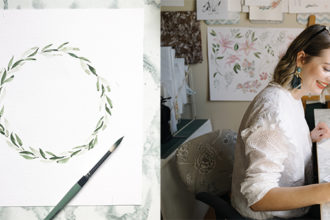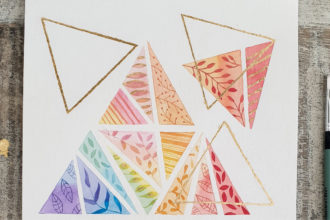Watercolour Techniques
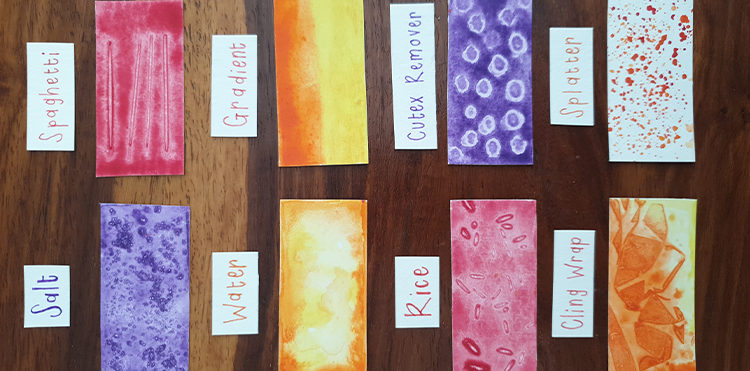
Using watercolours can be loads of fun, especially when you start experimenting with everyday items and how they react with the watercolour.
We are going to show you 8 techniques that will give your painting that extra bit of texture and take it to a whole new level.
Salt:
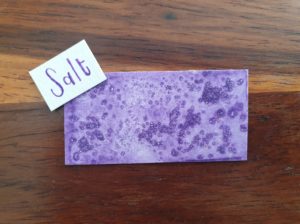
After you painted your colour, sprinkle a little salt over the watercolour. The wetter your paint is, the better the result.
Some of the salt will dissolve in the paint, but for the rest, wait until the paint is dry and brush off afterwards.
Spaghetti:
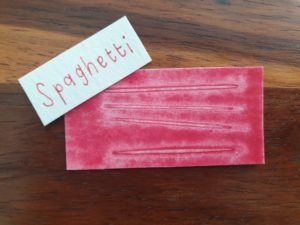
Yes, we said spaghetti. Paint your watercolour and lay down the spaghetti on top. Again, the wetter the paint, the better the result. The spaghetti creates a light colour where it soaked up some of the paint with a darker border. This is ideal when you want to create flower stems, trees, or just a stripy texture.
Water:

This is a well-known technique, but we decided to share it anyway. Cover your area with clean water and dab colour where needed. You can lift your paper to make it flow a bit more. Watch as the colour and water creates some amazing shapes.
Gradient:
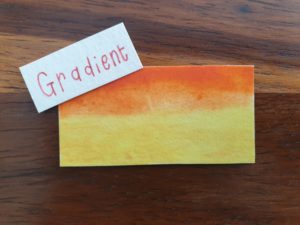
Easy peasy! Start with a lighter colour and paint half of the area you want to cover. Using a darker colour, go over a small part of your lighter colour and extend the darker colour a bit more.
This technique works very well with big background areas.
Rice:
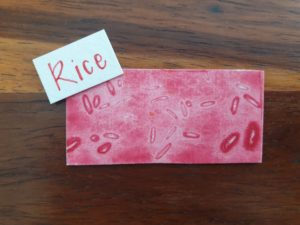
Rice reacts similarly to spaghetti, only smaller. We love using this technique when creating a texture for grassy areas.
Nail Polish Remover:
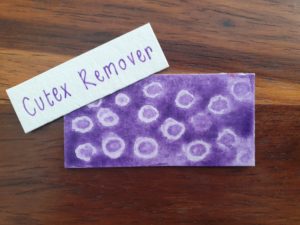
Cover your area in watercolour. Darker colours tend to show this technique off better. Dab a brush or earbud in nail polish remover and then onto your painted area. The nail polish remover removes the colour (kind of the same way it does with your nail polish remover).
Cling wrap:
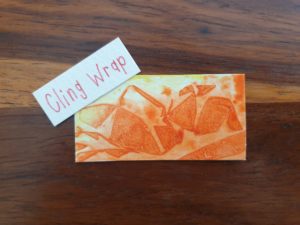
This is a fun one. You never know what you are going to get. Paint your area with loads of colour for the best results. Simply take a piece of cling wrap and place it over the wet paint. For the best results, wait until the paint has dried before removing.
Splatter:
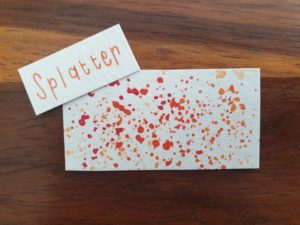
We all know this one! Cover your brush in paint and flick it over the area you want to cover. Use different colours to create a better result.

